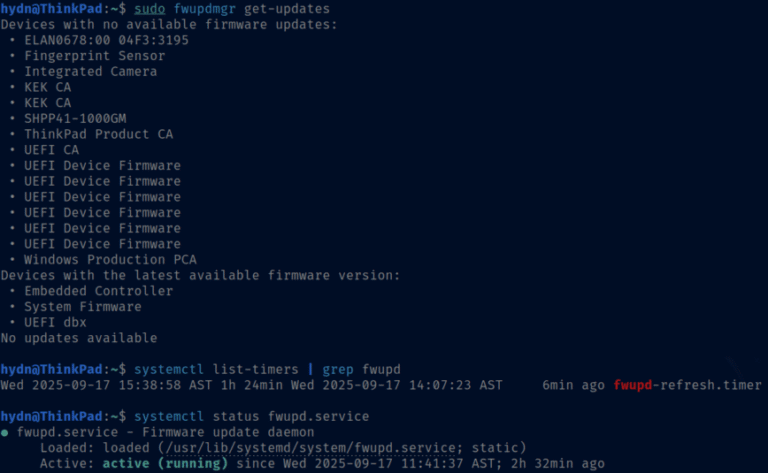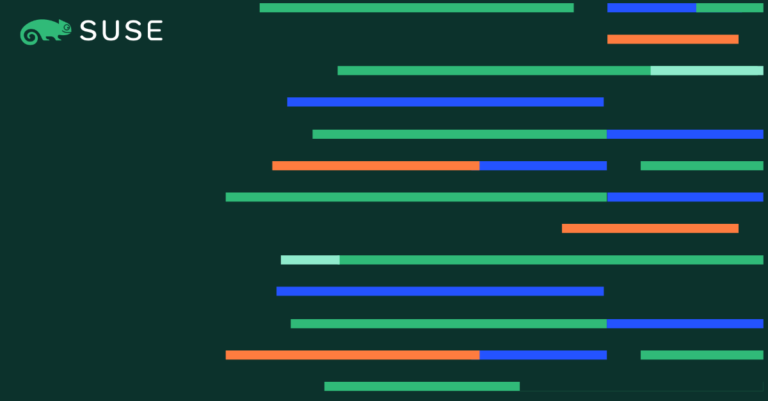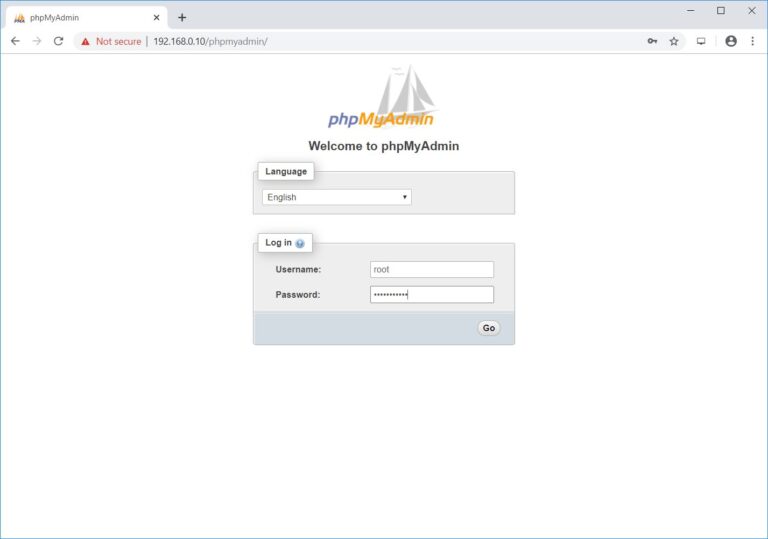
The very first task that any Linux administrator performs when a user says unable to login to the system. Yes, to know how to list Users in Linux is must to troubleshoot any login issue.
I hope you have seen commands to create a user, delete a user, modifying a user, list logged in users. Here, we will see how to list users in Linux.
List Users in Linux Using /etc/passwd file
If you remember, when you create a user the useradd command puts an entry in /etc/passwd file about the user. With the help of /etc/passwd file, we can list the local users present in the system.
User cat or less or more command to list users.
cat /etc/passwd
Output:
root:x:0:0:root:/root:/bin/bash bin:x:1:1:bin:/bin:/sbin/nologin daemon:x:2:2:daemon:/sbin:/sbin/nologin adm:x:3:4:adm:/var/adm:/sbin/nologin lp:x:4:7:lp:/var/spool/lpd:/sbin/nologin sync:x:5:0:sync:/sbin:/bin/sync shutdown:x:6:0:shutdown:/sbin:/sbin/shutdown halt:x:7:0:halt:/sbin:/sbin/halt mail:x:8:12:mail:/var/spool/mail:/sbin/nologin operator:x:11:0:operator:/root:/sbin/nologin games:x:12:100:games:/usr/games:/sbin/nologin ftp:x:14:50:FTP User:/var/ftp:/sbin/nologin nobody:x:99:99:Nobody:/:/sbin/nologin systemd-network:x:192:192:systemd Network Management:/:/sbin/nologin dbus:x:81:81:System message bus:/:/sbin/nologin polkitd:x:999:997:User for polkitd:/:/sbin/nologin postfix:x:89:89::/var/spool/postfix:/sbin/nologin chrony:x:998:996::/var/lib/chrony:/sbin/nologin sshd:x:74:74:Privilege-separated SSH:/var/empty/sshd:/sbin/nologin webmaster:x:1999:1001::/opt/webadmin:/bin/bash user_name:x:2000:2000:sudo user:/home/user_name:/bin/bash
Each line in /etc/passwd file represents a single user.
The /etc/passwd file has seven fields delimited by a colon.
- User Name
- Encrypted Password (x represent that the password is stored in the /etc/shadow file)
- User’s UID (User Identification Number)
- User’s GID (Group Identification Number)
- GECOS field (User Full Name or Comments)
- User’s Home Directory
- Login Shell
A regular user has UID greater or equal to 1000 (Newer OS) or 500 (Older OS). Users with UID <1000 (or <500) are system users.
If you want to display only the list of users name in the system, you can simply filter the output.
cat /etc/passwd | awk -F: '{ print $1}'
Output:
root bin daemon adm lp sync shutdown halt mail operator games ftp nobody systemd-network dbus polkitd postfix chrony sshd webmaster user_name
List Users in Linux Using getent
The getent command will list users by queries the databases configured in /etc/nssswitch.conf. The database includes both /etc/passwd (local users) and LDAP. So, getent will display users from both /etc/passwd and LDAP.
To get a list of Linux users, run the following command.
getent passwd
Output:
root:x:0:0:root:/root:/bin/bash bin:x:1:1:bin:/bin:/sbin/nologin daemon:x:2:2:daemon:/sbin:/sbin/nologin adm:x:3:4:adm:/var/adm:/sbin/nologin lp:x:4:7:lp:/var/spool/lpd:/sbin/nologin sync:x:5:0:sync:/sbin:/bin/sync shutdown:x:6:0:shutdown:/sbin:/sbin/shutdown halt:x:7:0:halt:/sbin:/sbin/halt mail:x:8:12:mail:/var/spool/mail:/sbin/nologin operator:x:11:0:operator:/root:/sbin/nologin games:x:12:100:games:/usr/games:/sbin/nologin ftp:x:14:50:FTP User:/var/ftp:/sbin/nologin nobody:x:99:99:Nobody:/:/sbin/nologin systemd-network:x:192:192:systemd Network Management:/:/sbin/nologin dbus:x:81:81:System message bus:/:/sbin/nologin polkitd:x:999:997:User for polkitd:/:/sbin/nologin postfix:x:89:89::/var/spool/postfix:/sbin/nologin chrony:x:998:996::/var/lib/chrony:/sbin/nologin sshd:x:74:74:Privilege-separated SSH:/var/empty/sshd:/sbin/nologin webmaster:x:1999:1001::/opt/webadmin:/bin/bash user_name:x:2000:2000:sudo user:/home/user_name:/bin/bash
The gatent command’s output will be similar to the content of /etc/passwd file. You would additionally see users from LDAP if the system is configured with LDAP.
Use awk just to list the usernames.
getent passwd | awk -F: '{ print $1}'
Output:
root bin daemon adm lp sync shutdown halt mail operator games ftp nobody systemd-network dbus polkitd postfix chrony sshd webmaster user_name
Conclusion
In this post, you have learned to list users in your Linux system. Listing users in Linux is very simple and all you have to watch out command’s output for the information you need for troubleshooting user login issues.
ADVERTISEMENT






